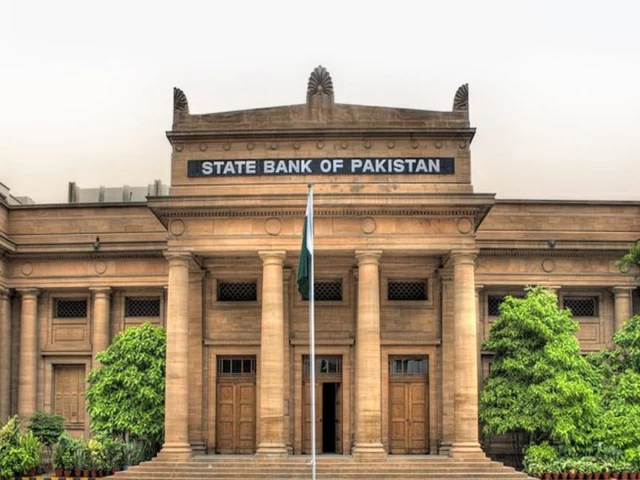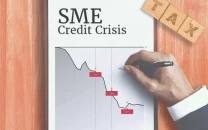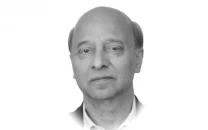Relief turns to doubt as details emerge of subsidised home loan plan
Developer says cost of land has skyrocketed; subsidised loans can't cover it

When the federal government together with the State Bank of Pakistan (SBP) announced a subsidised housing loan scheme for first-time home buyers, many breathed a sigh of relief. For the first time, families dreaming of a modest house in cities like Lahore finally had a government-backed path. But as the fine print comes to light, scepticism is creeping in.
Senior Executive Committee Member of the Lahore Chamber of Commerce and Industry, Ali Imran Asif, called it a welcome step, but one that must have clear objectives, otherwise it will plateau. He warned that though the programme is well-intended, "there are gaps that will limit its success unless further consultations are held."
The scheme, approved by the Economic Coordination Committee (ECC) in July 2025, allocates around Rs72 billion to support 50,000 units for first-time homeowners. Under the rules, loans of up to Rs2 million carry a fixed interest rate of 5% and those up to Rs3.5 million a rate of 8% for the first 10 years.
The scheme targets homes of up to five marla in size or flats of up to about 1,360 square feet, with a 90:10 loan-to-value ratio and no processing cost or pre-payment penalty.
On paper, these terms appear generous, but in practice some critics say the scope is too narrow and the mechanics too optimistic. Market analyst and developer Ahmed Raza said that even with subsidies, in major cities the cost of land and construction has skyrocketed. "A 5-marla plot in areas close to Lahore or Karachi may cost several times what a loan of Rs3.5 million can cover. The scheme seems tailored for very limited pockets, not for the broader low to middle-income majority," he added.
Pakistan's mortgage market is minuscule compared to neighbours. The mortgage-to-GDP ratio, as per House Building Finance Company's latest report, hovers around 0.2 and is far below than India's 11.2%, Bangladesh's ratio of around 2%, Singapore's 33% and Malaysia's whopping 44.4%
Asif says this latest scheme risks repeating past limitations. "It treats both urban and rural areas in one mould, yet land prices differ hugely between a village and Lahore's city edge. If the scheme cannot reach low-income households without formal income or collateral, it will remain a niche programme. Blind faith in the banking sector's willingness, minimal risk-sharing and neglect of supply-side issues will hamper success."
From the applicant side, the hope is real. "I have a modest salary and am saving for a house," said Faisal Khan, a manager in Lahore. "When the subsidy was announced, I thought maybe now I can afford a five-marla home. But when I checked current plot prices in our area, even with loan and subsidy it looks out of reach unless I move far out of town."
He added that the formal requirement of documented income and property ownership checks means he may be eligible but the actual affordability remains doubtful.
The background to this effort is important. Previous governments, both provincial and federal, introduced similar initiatives over the years, nevertheless, they got a very limited success.
Raza said that in many cases banks view housing loans, especially for informal sector borrowers, as high risk. "Unless the programme relaxes requirements for informal-income households, introduces better risk-sharing or supports developers more directly, uptake will remain limited."
The government's aim is to reduce the country's housing deficit or backlog, estimated at more than 10 million units, with an estimate of annual demand of 0.4 million units from global financial institutions, and generating employment across the construction, cement, steel and allied industries to boost the economy. But without addressing regional price disparities, supply-side constraints and banking sector hesitancy, stakeholders like Asif believe the scheme will fall short of a transformative impact.























COMMENTS (2)
Comments are moderated and generally will be posted if they are on-topic and not abusive.
For more information, please see our Comments FAQ